Why is Ergonomic Office Furniture Important for Your Employees?
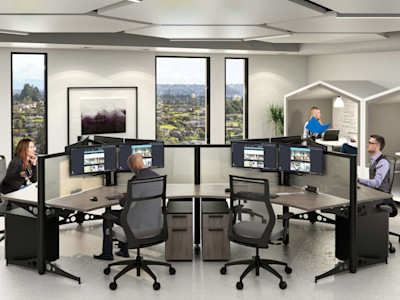
With one quick search online you can see that the choice of office chairs and desks is endless. But the selection of the right one can have an impact on the health of your team. Poor posture can lead to crippling health issues such as carpal tunnel and tendinitis. Desks and chairs designed correctly, however, help prevent these problems while at the same time increasing morale, productivity, and efficiency. Employees care about the environment in which they work. From aesthetics to functionality, an office needs to accommodate employees. Ergonomic office furniture helps provide employees with comfort. While comfort makes the work experience more enjoyable, it is proven that ergonomic furniture makes the workplace more productive.
What is Ergonomic Office Furniture?
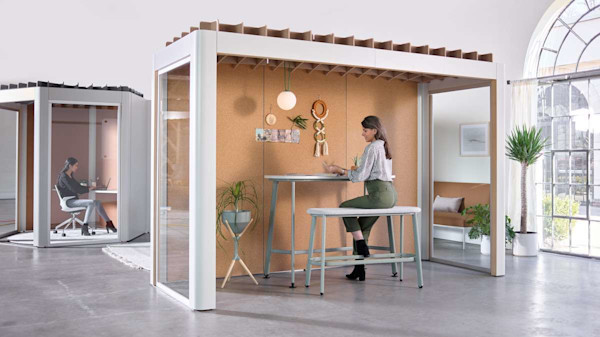
The Science
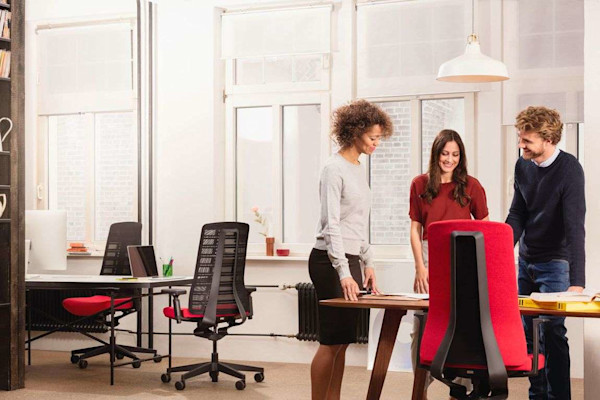
Ergonomic Desks and Chairs
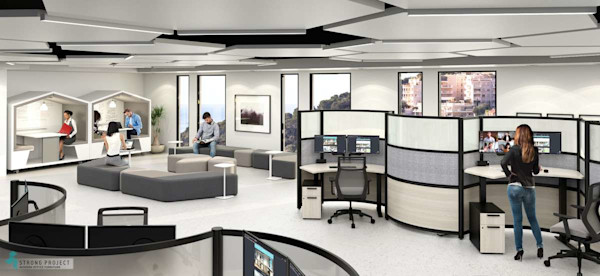
The main goal is to provide furniture that makes employees comfortable while helping them maintain proper posture.
Desk chairs have evolved over the years to accommodate various health problems. The exercise ball, kneeling chairs, and chairs that force good posture are becoming more mainstream. There has been a shift from using these types of chairs out of necessity, toward using them as preventative measures. Using ergonomic chairs helps limit issues that arise from poor posture altogether. It is undeniable and proven that these types of changes are effective. Accommodating employees’ needs in the office is something that all employers should do. However, a company that employs a large number of employees might look at these changes as unnecessary and costly. While the initial cost of this furniture might be high, it does prove to be a worthwhile investment. If a large investment isn't in the budget this year, you can start small. There are simple additions to employees’ desks and surrounding that can still make a big difference. Since many things play into posture, small changes can still have big effects.
Small Ergonomic Office Improvements
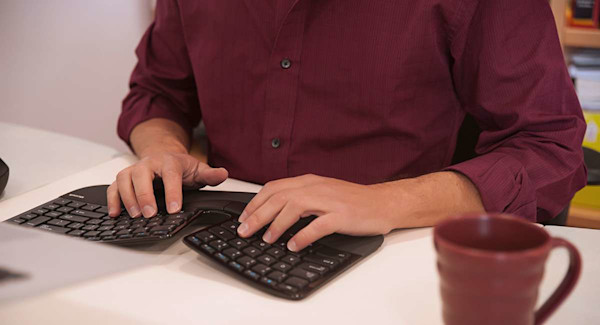
Along with the obvious changes that can be made to accommodate health needs, there are slight adjustments that can be made that help with long-term issues. One major thing to be addressed is keyboard usage. The majority of an employee’s time is spent using a keyboard. Much like a desk chair, almost every aspect of keyboard usage needs to be addressed.
Happier, healthier, and more comfortable employees perform better.
Keyboard trays are extendable platforms that slide out from under the desktop. This addresses one of the most common issues with keyboard use. Keyboard trays improve posture by eliminating the need to reach forward. These keyboard trays are evolving into trays similar to television wall mounts. They can extend out from the desk, tilt up and down, and move from side to side allowing the employee to move around. Some include wrist rests. These provide cushions to relieve unnecessary pressure on your wrists. Similar issues can arise from mouse use as well and many types have been developed in hopes to limit or minimize these effects. Princeton has found that excessive keyboard and mouse usage can be responsible for carpal tunnel, tendinitis, and repetitive strain injury. A few ways to help prevent these problems include relaxing your hands, wrists, and arms while typing or using the mouse. Another practice to limit the risk is to change tasks often. Instead of stopping work, a slight adjustment such as standing instead of sitting can help fix many problems caused by repetitive muscle strain. Very affordable changes can greatly reduce long-term negative effects.
The Reward




